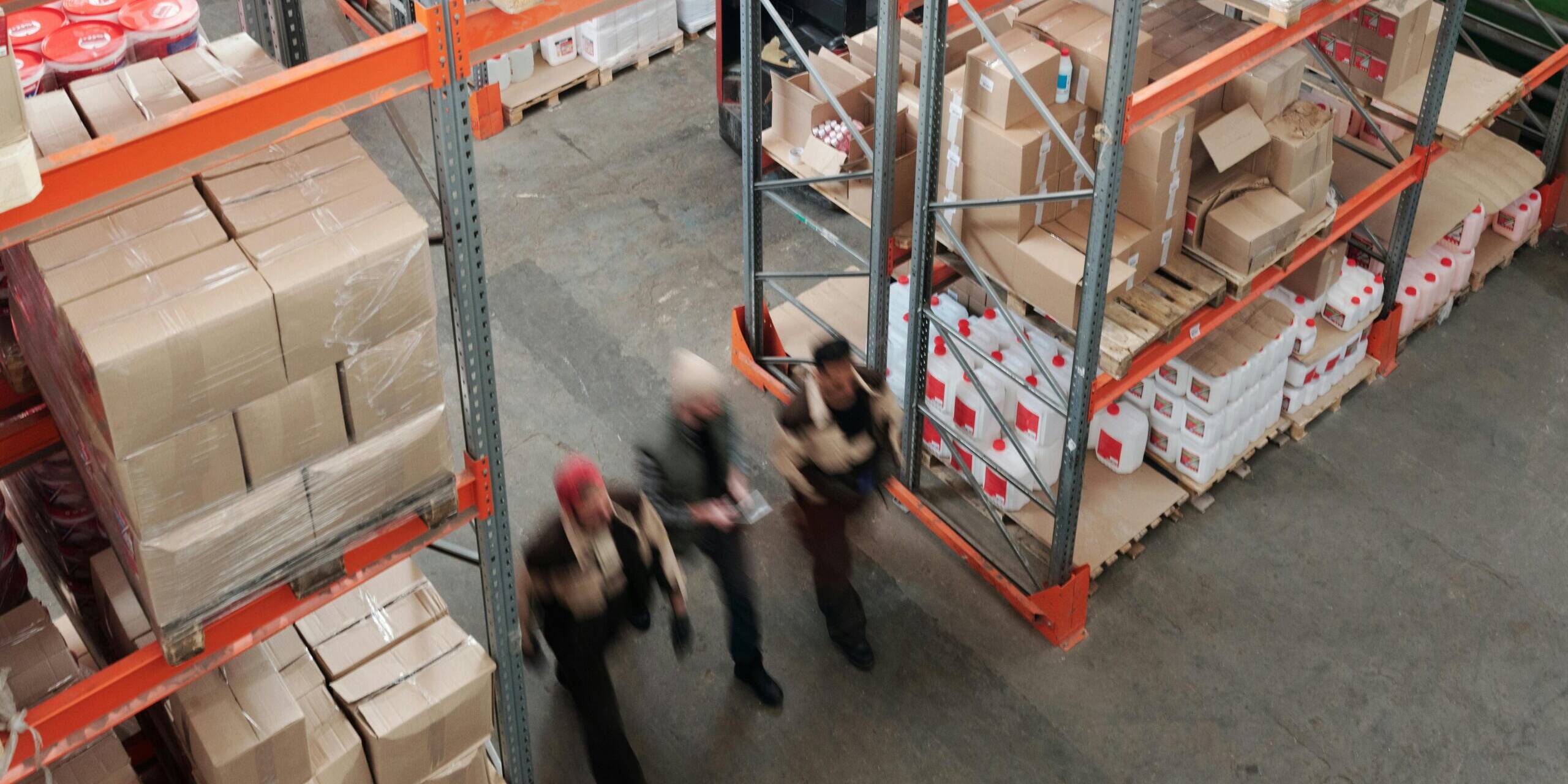All the roads of decarbonization
Let's go back to talking about decarbonisation in the port sector: after having referred, in recent days, to several large shipowners who are relying on green methanol to ride the "carbon free" challenge, today we want to talk to you about another important trend that is making its way more and more in the naval sector, that of wind energy.
In fact, there are several news related to the launch of large ships with wind or hybrid power, accompanied by green hydrogen, for what would seem to represent a great green alternative to traditional fuels.
Even skeptics are amazed by the effectiveness of these systems, let's see together why ...
Wind and green hydrogen for naval decarbonisation
Let's start with a news of recent days that comes directly from the United States: that of the approval of the project for the first container ship powered by wind and hydrogen energy.
A container ship that will have sails and green hydrogen fuel cell engines: but how long will it take?
The first two ships, 100 meters long, will be built and will enter regular service by 2024.
However, the challenge of wind power has already started for some time: at present, according to the International Windship Association (IWSA), there are 21 ships with wind propulsion systems installed on board that operate daily in the world; this number is set to increase to 25 by the end of 2022.
Wind propulsion engines have undergone a great evolution in recent years, also overcoming the initial skepticism of the insiders: the growth in investments in this area suggests a future as an absolute protagonist for this ecological alternative in the path of decarbonization.
From the USA to Japan: the challenge to CO2 emissions also passes from wind power
Not only the United States: also in Japan wind power grows and becomes the protagonist.
In recent weeks, the Japanese company MOL, in collaboration with the power plant operator Tohoku Electric Power, has started commercial operations with a low-emission ship for the first time: we are talking about a bulk carrier for the transport of coal, powered by auxiliary wind power.
Here too, the goal is to reduce emissions by 5% on the Japan-Australia sections and by 8% on the Japan-US sections: a first major step towards decarbonisation.
You find that blog content Buonefra are they interesting? Sign up for our monthly newsletter clicking here.




